The Effect on the Local Communities
"When the canal is full then it is time to be careful"................old Ladbergen saying.
Prior to the raid of September 1943 and the six major raids in 1944 and 1945 Ladbergen was hit by bombs on 15 occasions. Although significant damage was caused to individual buildings there was no loss of life.

The memorial to the dead of the Ladbergen area
In September 1943 Lancaster JA898 from 617Sqn crashed at the edge of the village setting fire to several houses belonging to the Decker family. Several people were injured but no-one was killed.
(See Ladbergen 1943)
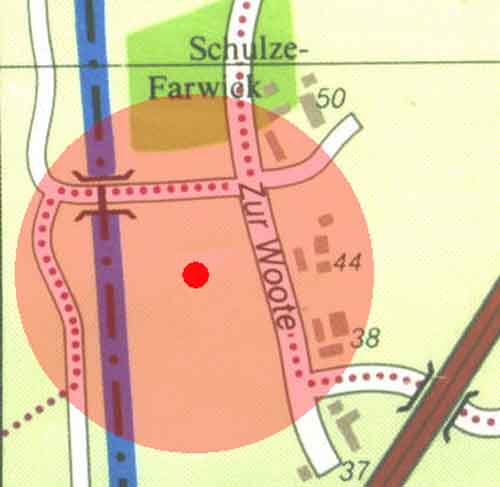
The first of six major raids began at 10:30pm on September 23rd 1944. During this raid 17 villagers were killed. The Schulte family were miraculously unharmed when a Lancaster crashed onto their farm. They emerged from their hiding place in the cellar to find the farmhouse and surrounding buildings destroyed and all their animals dead.
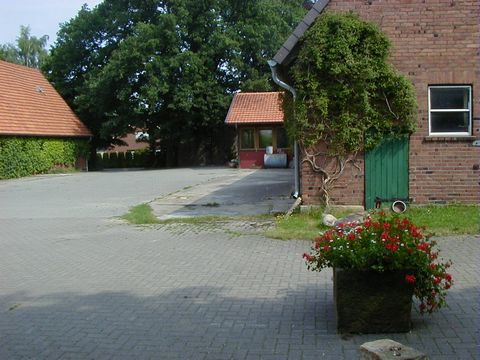
In the following five attacks.............
November 4th 1944,
November 21st 1944,
January 1st 1945,
February 7th 1945
March 3rd 1945
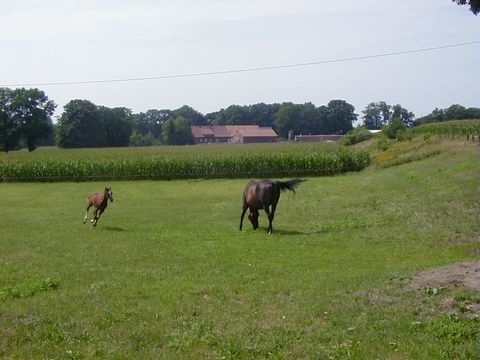
.............a further 11 villagers were killed. Many villagers had simply moved away from the danger area and the increased accuracy of bombing reduced the damage to the areas away from the canal (what would be called collateral damage in today's military speak).
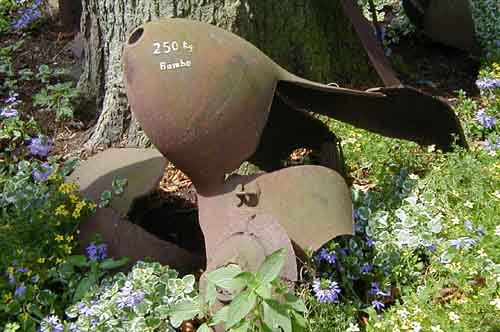
A description from the town's history book gives the reader some idea of what it was like to be a Ladbergener......
"Once again the evening sky was bright from the lights of hundreds of flares. In the brightness the silhouettes of the enemy bombers approached like sinister birds of prey. The detonations of the bombs and the raging fire of the anti-aircraft batteries made up a veritable concert of Hell."
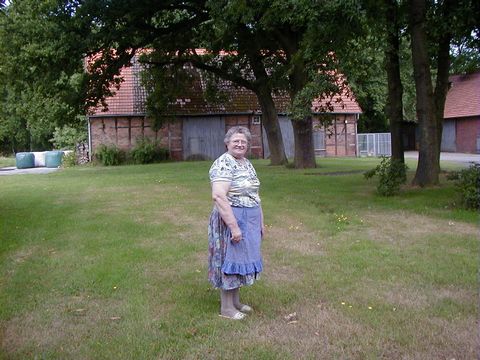
Frau König stands where her air-raid shelter used to be.
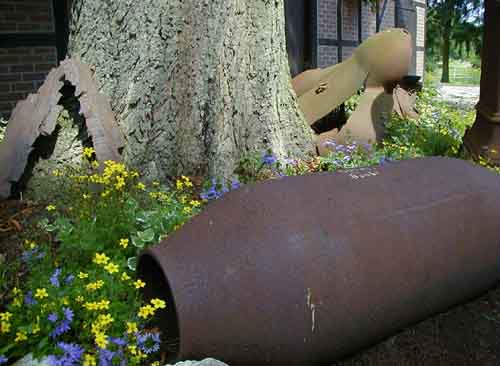
Nearby is the excellent Heimatmuseum with a display of WW2 relics.

Today a small plaque commemorates the raids of WW2. The plaque is fixed to the fencing on the Ladbergen side of the aqueduct. Visitors approaching the aqueduct from the Münster-Osnabrück airport side of the canal will be unable to see the plaque
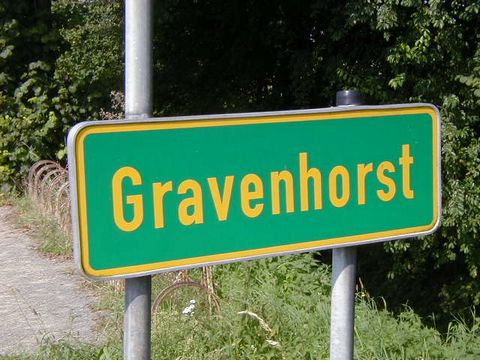
The village of Gravenhorst is much smaller than Ladbergen and is little more than a hamlet. During the first raid, on the 21st November 1944, 22 people were killed. There was no further loss of life as most of the population moved away after this attack.
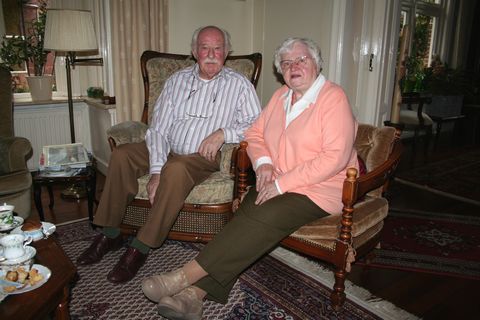
Bernard Winkel (photographed here in 2005 aged 82) was a Dutch forced labourer working in Gravenhorst. He arrived in 1943 at the Schwegmann family's scrap metal business instead of a factory in the Ruhr by the simple expediency of intentionally boarding the wrong train. The Schwegmann family made Bernard very welcome. One of the three Schwegmann daughters, Agnes, later became Frau Winkel.
Mr and Mrs Winkel remember hearing the threatening drone of the approaching bombers as they fled to the air-raid shelter next to Haus Schwegmann. They remember the magnesium marker flares falling and then the earsplitting explosions from the detonating bombs.
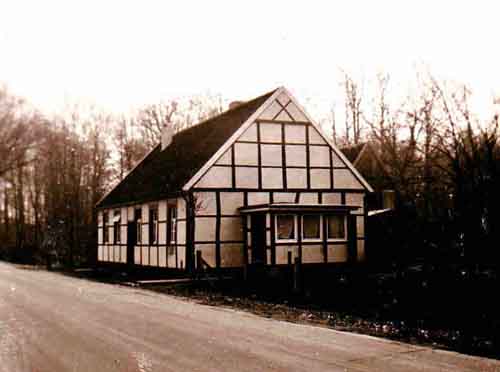
The Schwegmann house was extensively damaged in this raid and Herr Winkel helped in the cleanup operation. At Haus Kläver he had the distressing task of trying to identify and separate human and animal body parts. When he took the bodies to the hospital in Hörstel two of the nurses on duty fainted at the sight of his grizzly load.
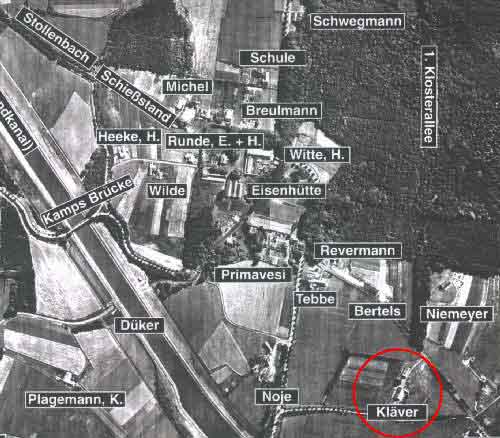
After the war the damaged Haus Schwegmann was demolished and a "holiday cottage" took its place. The Winkel family spent many summers here after the war.
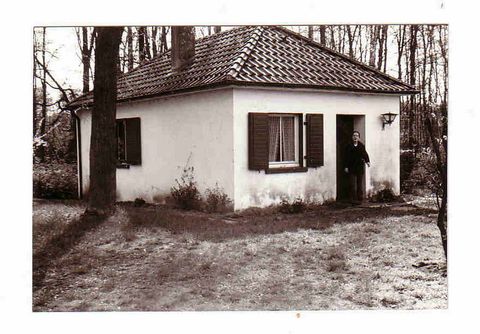
Today, the cottage is derelict and the whole area is abandoned and overgrown. No trace remains of the air-raid shelter. Nature and time have contrived to remove any trace of the violent events of 1944 -1945.
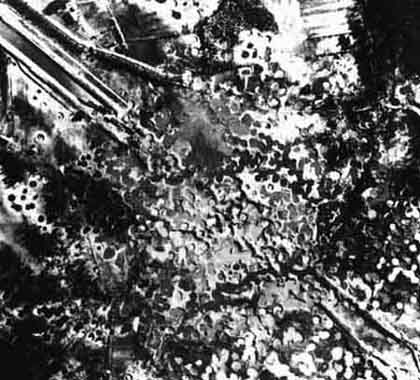
There is no doubt that at this stage of the war the bombing was much more accurate. However, as can be seen from the reconnaissance photographs, anybody remaining in close proximity to the canal would have been lucky to survive.
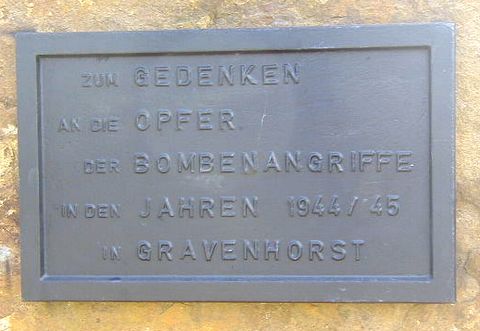
Today, an excellent memorial with several descriptive tablets marks the spot where the aqueduct once stood.
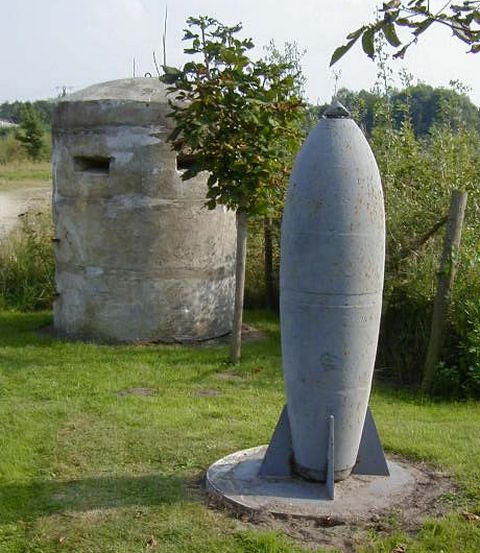
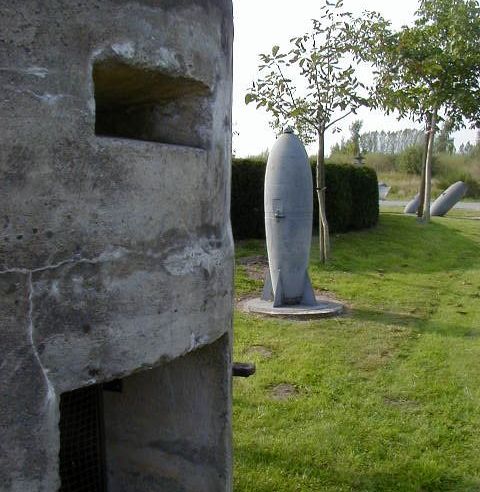
The entrance is marked by the cases of unexploded bombs recovered during the clearance and rebuilding programme. Artefacts from destroyed canal barges are also on display.
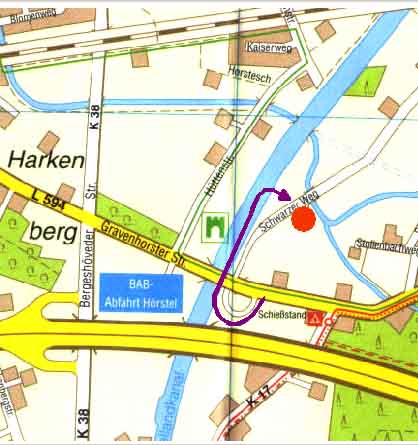
The map above shows the location of the memorial. The access road loops around and then passes under the canal bridge as shown by the purple arrow.